What Is Scaffolding?
Important Point
Scaffolding is a temporary platform used to lift, support, and supply materials during a construction process for the repair or cleaning of a structure.
It is installed before construction or maintenance work begins. Therefore, whatever the size of a building, scaffolding will always be necessary.
This is done to ensure the safety of workers while the building is being maintained or constructed. In addition, it also provides some degree of support for a standing structure during the construction phase.
Scaffolding is made of wood or steel. It must be stable and strong to support workers and other construction materials placed on it.
Also, road: What Is Pointing?
Types of Scaffolding Used in Construction
The following are the types of scaffolding under construction:
- Simple scaffolding
- Double scaffolding
- Cantilever scaffolding
- Suspended scaffolding
- Trestle Scaffolding
- Steel scaffolding
- Patented scaffolding
- Wooden Gantries Scaffolding
Parts of Scafloding as Below Fig.
- Standards: The vertical posts (also called uprights)
- Ledgers: The horizontal members parallel to the wall
- Braces: The bracing system
- Putlogs: Horizontal members normal to the wall
- Transoms: Putlogs whose both ends are supported on ledgers in double scaffoldings
- Bridle: Member used to bridge openings (see the description of single scaffolding below)
- Boarding: Planks on which workmen stand
- Guard rail: Rail provided at about I m level to guard the men working on the boarding
- Toe board: Boards placed parallel to boarding near the wall to give protection to workers
- Base plate or sole plate. Plates on the ground supporting standards
Also, read: What Is Formwork Failure?
1. Single Scaffolding
This is being cheap, and it is most commonly used in the construction brickwork.
This type of scaffolding is mostly used for brickwork and consists of an outer row of verticals (called standards) to which longitudinal members are tied at different levels of working (see above fig.).
This type of scaffolding moot of members except platforms is usually made of bamboos and standards which are driven into the ground at a distance 1.5m to 2.0 m apart and about 1.2 m away from the wall to be constructed.
The cross members (putlogs) are tied to the standards at the outer end and rest on the walls being built inside. The platform is carried on the putlogs.
If the putlog level coincides with an opening in the wall, it cannot be placed on the wall. Hence it should rest on a cross piece (called bridle tube) tied at the wall end of the adjacent putlogs.
Cross bracing in the vertical planes between the verticals are also to be introduced for lateral stability.
Where the verticals posts cannot be placed on base plates or in holes made in the ground, it should be suitably placed and braced for lateral stability.
A popular method in such cases is to place the vertical post in a steel barrel of 60 cm in height and of suitable diameter filled with compacted earth as shown above fig.
Also, read: What Is Bar Bending Schedule?
2. Double Scaffolding
This type of scaffolding is stronger than the single scaffolding and is used in the construction of stonework some times in addition to the diagonal braless. Inclined supports called reacting source, are provided to prevent the slipping of scaffold away from the wall.
Also, read: WPC Board | Features of WPC Board
3. Cantilever Scaffolding
It is a type of scaffolding in which the patterns are supported on a series of needles, and these needles are removed through holes in the wall. This is called a single frame type scaffolding.
In the other type, the needles are supported inside the floor through the openings, and this is called independent or double frame scaffolding. Care must be taken when building scaffolding on a cantilever.
Generally, cantilever scaffolding is used in conditions such as
- When the terrain is unable to support standards,
- When the floor near the wall is free of traffic,
- When the top of the wall is under construction.
Also, read: Grillage Foundation
4. Suspended Scaffolding
This type of scaffolding is suitable for hight steel frame construction as well as for mailer works such as painting distend peering etc.
In suspended scaffolding, the work platform is suspended from the roofs with the help of cables or chains, etc., it can be raised or lowered to the required level. This type of scaffold is used for repairs, notes, paintings, etc.
Also, read: What Is Contour Interval?
5. Trestle Scaffolding

In trestle scaffolding, the work platform is supported on tripods or mobile ladders. It is generally used for work inside the room, such as paintings, repairs, etc. up to a height of 5m.
6. Steel Scaffolding
The construction details of steel scaffolding are the same as of timber scaffolding except for wooden members and replaced by steel tubes is about 40 mm to 60 mm, and the thickness of steel metal is about 5 mm.
Steel scaffolding is constructed by steel tubes that are attached by couplers or steel fittings. It is very easy to build or dismantle.
It has greater resistance, greater durability, and greater resistance to fire. It is not economical, but it will give workers more security. Therefore, it is widely used today.
Also, read: Brick Masonry
7. Patented Scaffolding
Patented scaffolding is made of steel, but is equipped with special couplings and structures, etc., are ready scaffolding available on the market.
This type of work platform for scaffolding is placed on supports that can be adjusted to the required level.
Also, read: Mivan Shuttering | Merit & Demerit Mivan Technology | Mivan Formwork Assembly Process
8. Wooden Gantries Scaffolding
In construction operation where structural materials are beyond the capacity of manual handing, the gantries are used.
Also, read: Principle of Plane Table Surveying Methods
Below Are Three Main Reasons Why the Construction Industry Uses Scaffolding:
1. Ensures security
Safety is a priority at construction sites; the use of scaffolding, therefore, becomes important to create a safe workplace for workers working at heights during the construction of a building.
Another advantage of using scaffolding is that it provides a flat and balanced work platform that allows multiple employees to work at one location simultaneously.
This really helps in the quick construction of different structures. Maintaining balance for workers is easier with scaffolding equipment; therefore, the chances of unjustified accidents decrease.
Scaffolding also requires handrails on the upper platform, reducing the chance of injury. This is also important for the safety of pedestrians and the public.
Also, read: What Is Bridge Pier | Type of Bridge Pier
2. Easy access
The construction of skyscrapers is a difficult task because many parts of a building are difficult to reach for workers due to their position.
Scaffolding solves this big problem, and workers can concentrate on their work without any difficulty. They can reach any part of a building’s wall or ceiling at an arm’s length.
As a small wooden, fiberglass, or light metal platform, it offers the necessary height to complete a task easily and efficiently.
Also, read: What Is Leveling?
3. Position advantage
A major advantage of scaffolding is the strategic position it provides workers. Although ladders are also used for this purpose, they are angled and do not provide a solid platform for the balance of workers.
Scaffolding places workers directly in front of the parts of the wall or ceiling where they need to work. This gives them a big advantage.
If multiple workers are required to work side by side simultaneously, this is not possible using the ladders summary.
So far, it should be clear that scaffolding is a necessary part of the construction industry, whether it is about building skyscrapers or carrying out repairs and maintenance on any structure.
The scaffolding not only guarantees a faster completion of the works but also guarantees the safety of the workers and the public in the construction sites.
What Is Scaffolding Used For?
Scaffolding is widely used during construction and renovation activities. In its simplest form, a scaffold is any temporary elevated or suspended work surface used to support workers and/or materials. There are many types of scaffolds, both supported and suspended.
What Is Scaffolding Safety?
Scaffolding safety is a combination of practices and safety procedures that enforces proper and safe use of scaffoldings. It involves a set of preemptive actions in building, inspecting, using, and tagging scaffolds.
What Is Scaffolding Made of?
Once consisting primarily of wood construction, modern construction scaffolding utilizes several materials, such as high-quality wooden planks, aluminum and steel, and advanced designs, such as tube and clip and cup lock, to achieve its purpose.
What Is Scaffolding Rental Cost?
Generally, prices for scaffold rentals may range between $15 and $50 per day or between $40 and $150 per week.
Types of Scaffolding for Construction
- Single scaffolding. Single scaffolding stands parallel to a wall of a structure by using vertical supports called standards
- Double scaffolding.
- Cantilever scaffolding.
- Suspended scaffolding.
- Trestle scaffolding.
- Steel scaffolding.
- Patented scaffolding.
How Many Types of Scaffolding?
There are 17 different types of scaffolding made from different materials, but the most common materials are wood and steel. Even though it is more expensive, steel is the preferred material for scaffolding because of its durability and safety.
Scaffolding in Civil Engineering
Scaffolding, also called scaffold or staging, is a temporary structure used to support a work crew and materials to aid in the construction, maintenance and repair of buildings, bridges and all other man-made structures.
What Are the 3 Types of Scaffolds?
Workers who use scaffolds can be divided into three groups:
- Suspended Scaffolds.
- Supported Scaffolds.
- Aerial Lifts.
What Is Double Scaffolding?
In this type of scaffolding, a double row of scaffolding makes the entire support structure stronger. The first row sits parallel to the wall, while the other row sits away from the first row. Added putlog holes support the frames.
What Is Single Scaffolding?
Single scaffolding stands parallel to a wall of a structure by using vertical supports called standards. Ledgers, the horizontal supports, connect to the standards at an even vertical angle. Putlogs are the holes in the building or structure through which the scaffolding connects for support.
What Is Scaffolding in Teaching?
Scaffolding is the process of breaking lessons into manageable units, with the teacher providing decreasing levels of support as students grasp new concepts and master new skills.
What Is Scaffolding in Teaching Examples?
When scaffolding reading, for example, you might preview the text and discuss key vocabulary, or chunk the text and then read and discuss as you go. With differentiation, you might give a child an entirely different piece of text to read, or shorten the text or alter it, or modify the writing assignment that follows.
Types of Suspended Scaffolding
- Aerial Lifts.
- Bricklayer’s Square.
- Carpenter’s Bracket.
- Catenary Scaffold.
- Chicken Ladder.
- Crawling Board.
- Decorator’s Scaffold.
- Float Scaffold.
Like this post? Share it with your friends!
Suggested Read –
- History of Remote Sensing | Application of Remote Sensing
- The Cantilever Footing Is Used to Support a Wall near Its Edge
- Difference Between One Way Slab and Two Way Slab | What is Slab
- What is Chain Surveying (Principles, Procedure, Method, Instrument)
- What Is Passometer & Pedometer | Advantage of Passometer & Pedometer
- Difference Between M Sand Vs River Sand | What is M-Sand & River Sand
- What Is Seasoning of Timber | Type of Seasoning of Timber | Benefit Seasoning of Timber
- What Is Structural Settlement | Causes For Structural Settlement | What Is Soil Settlement & Foundation Structural Settlement
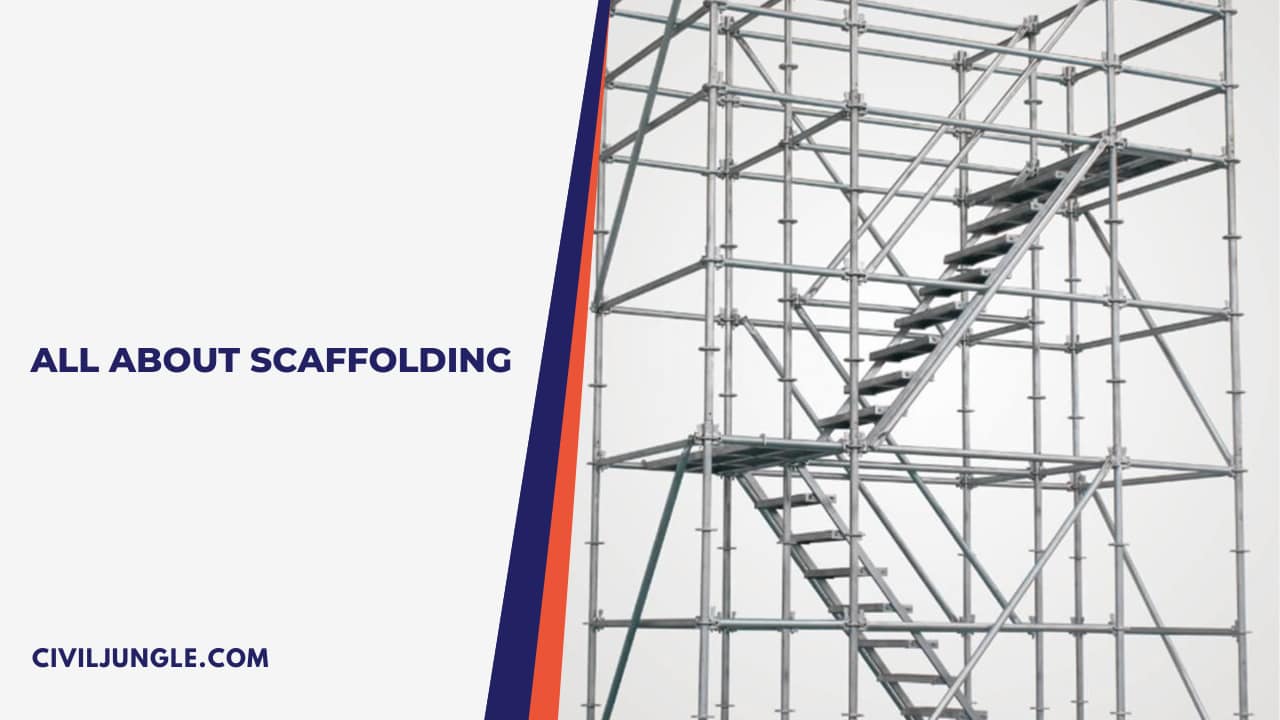
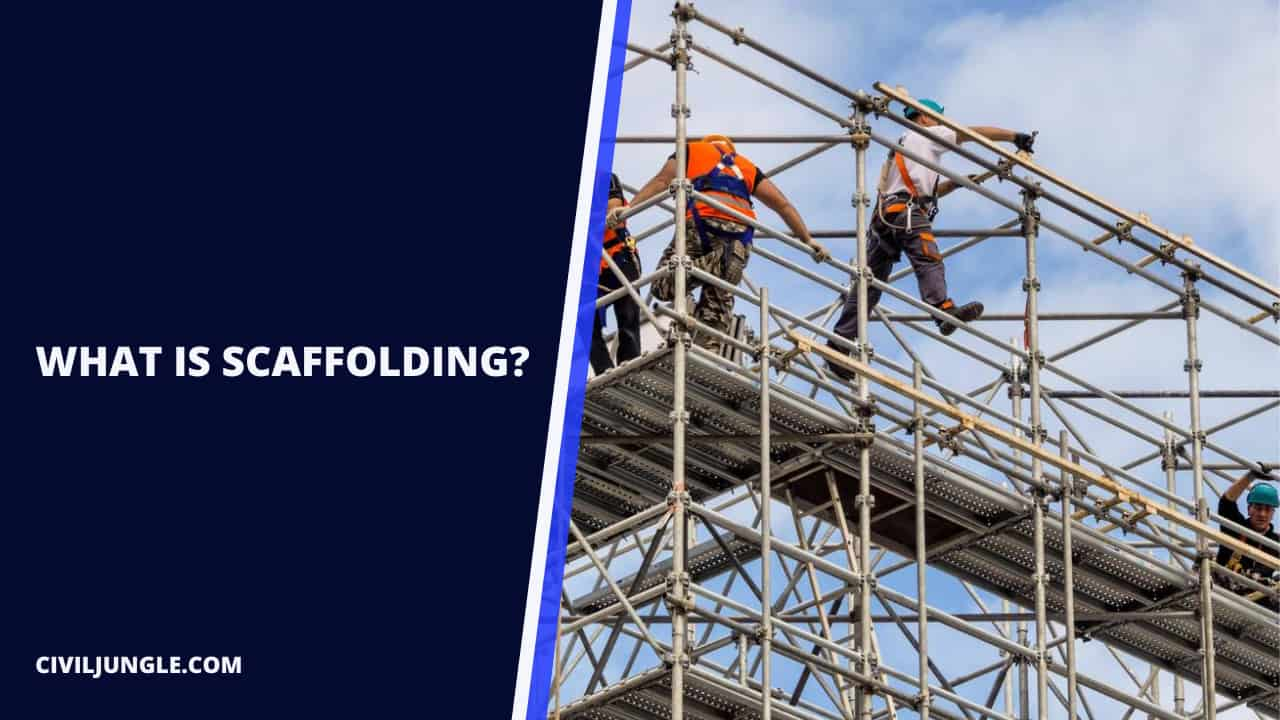
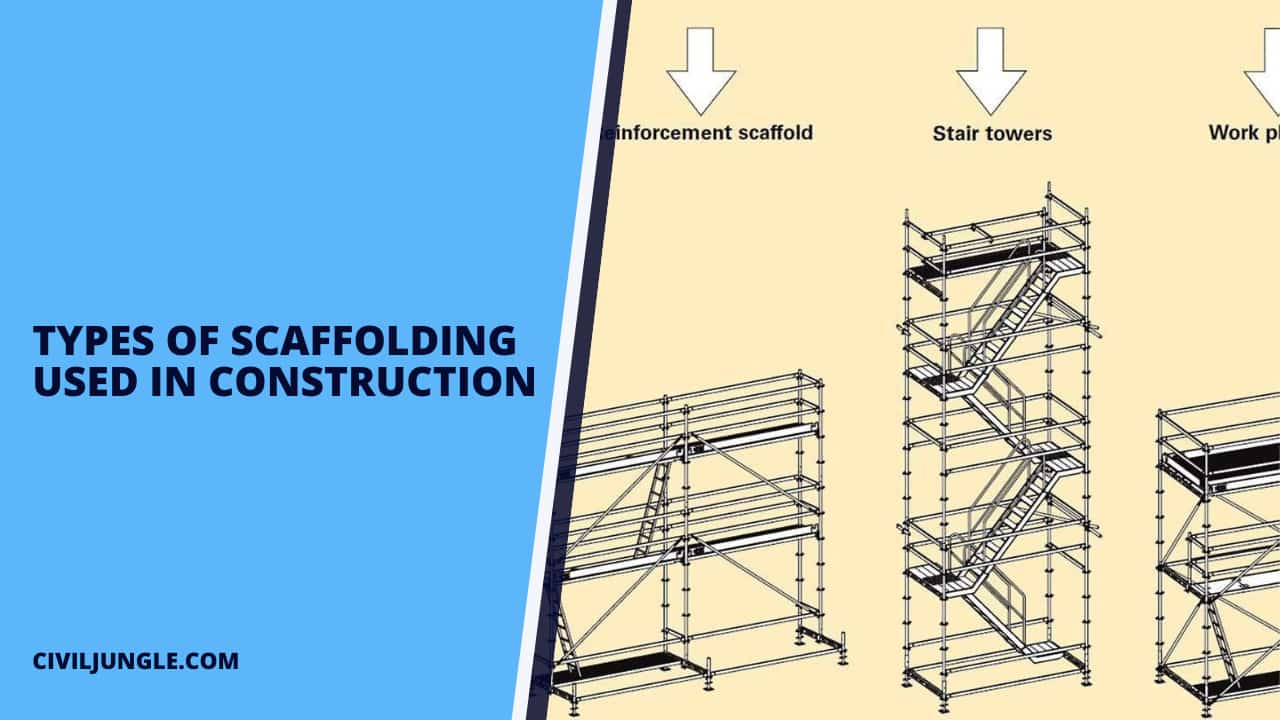
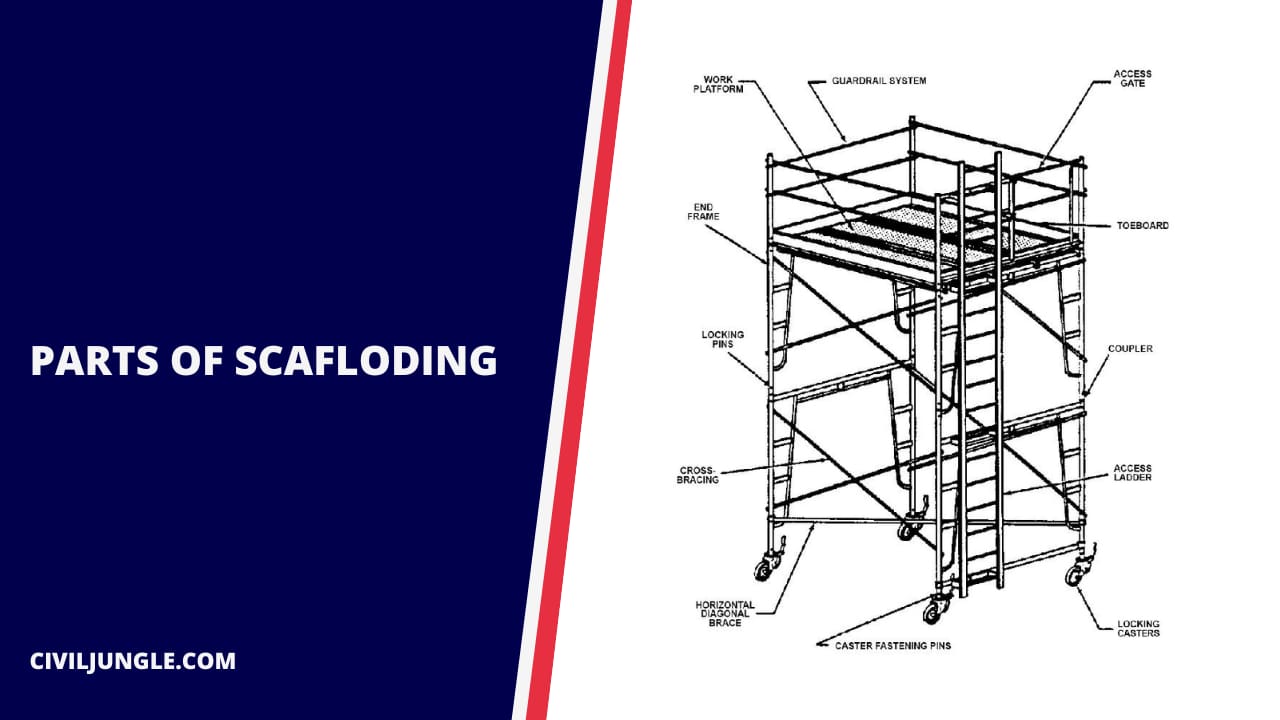
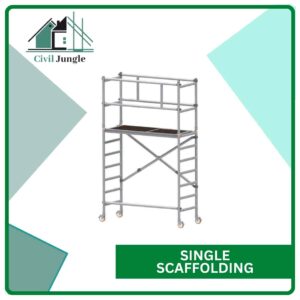
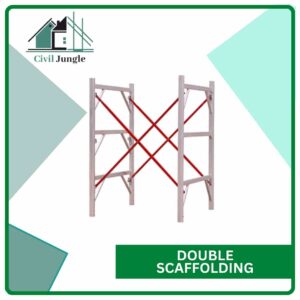
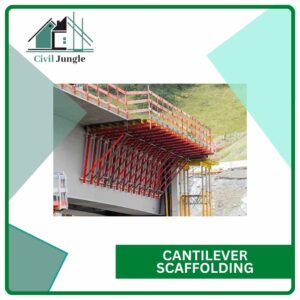
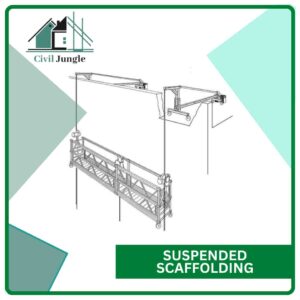
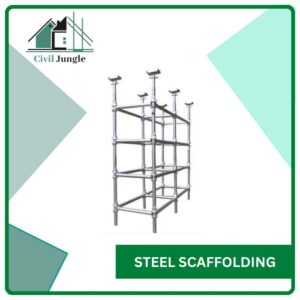
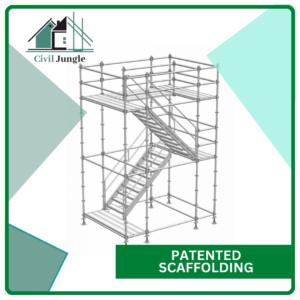
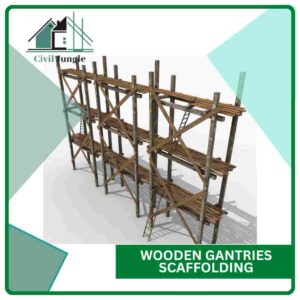
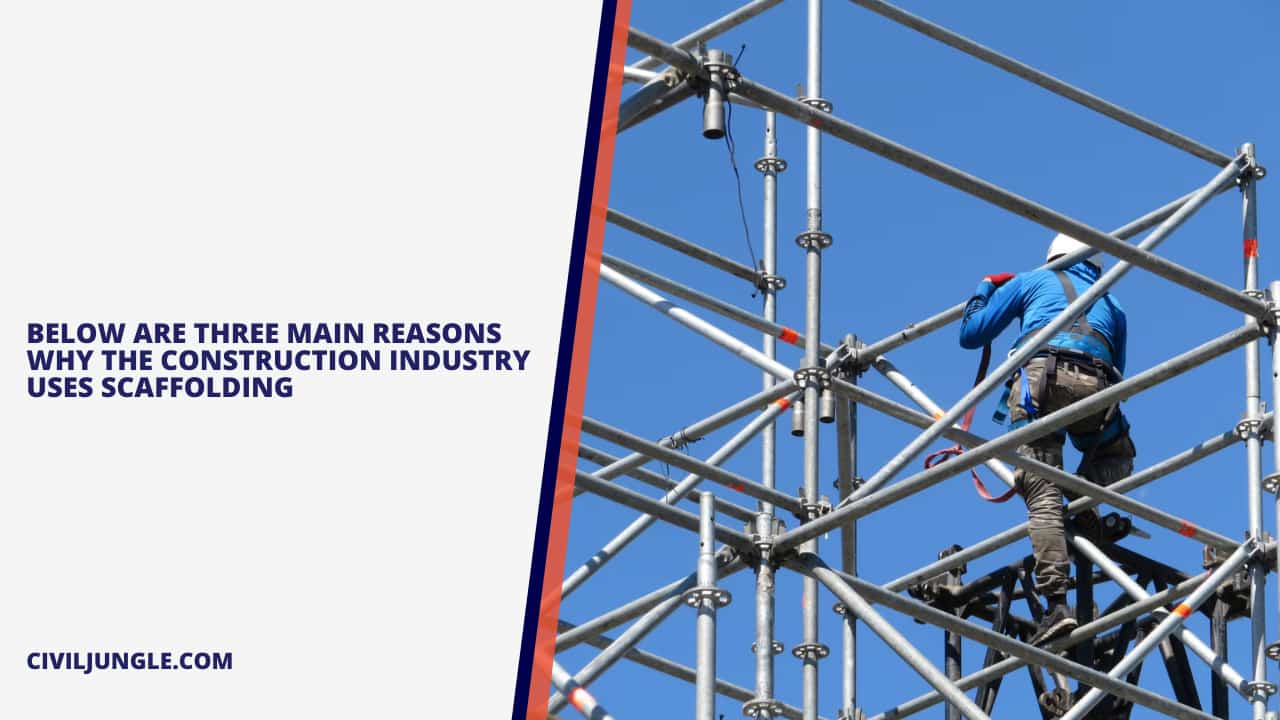

Great content! Super high-quality! Keep it up! 🙂
Thanks, Dear